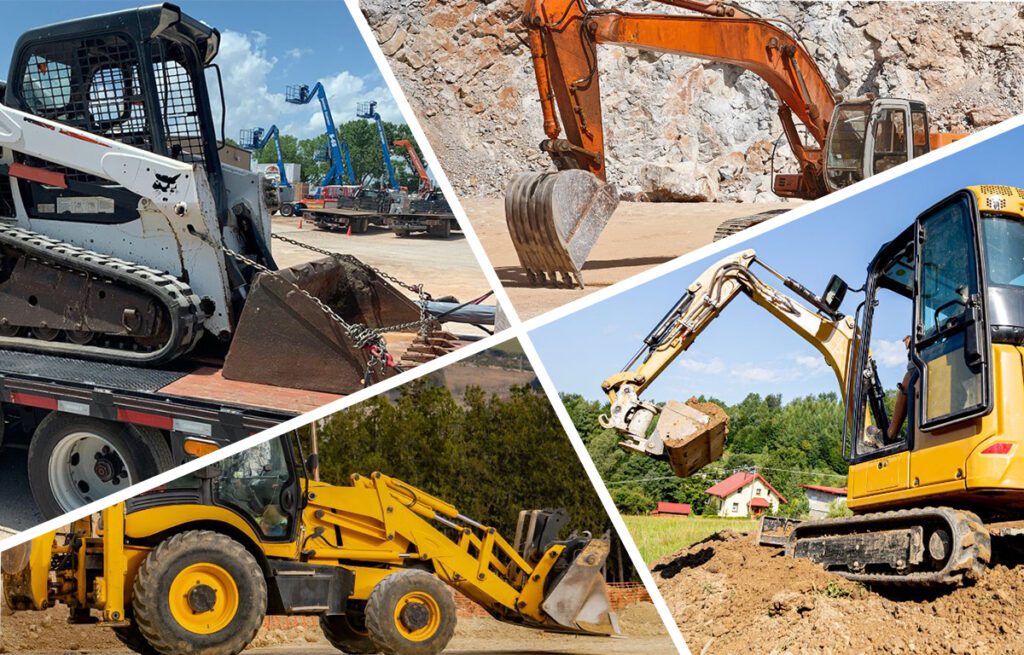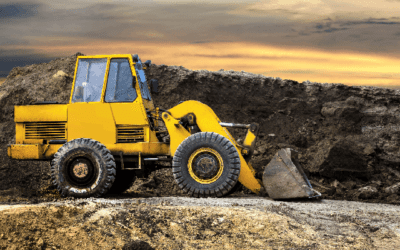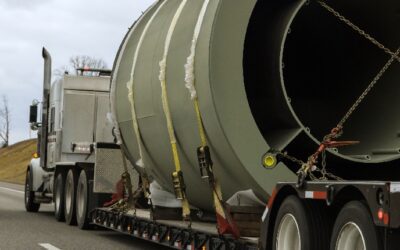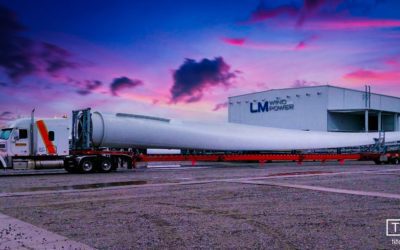Types of Excavators: What They Do and How They’re Transported
Found anywhere from backyards to major construction sites, excavators are essential to the success of all sorts of projects. In this article, we’ll explore several different types of excavators, paying particular attention to their unique functions and how these large machines are delivered to the job site.
Skid Steer
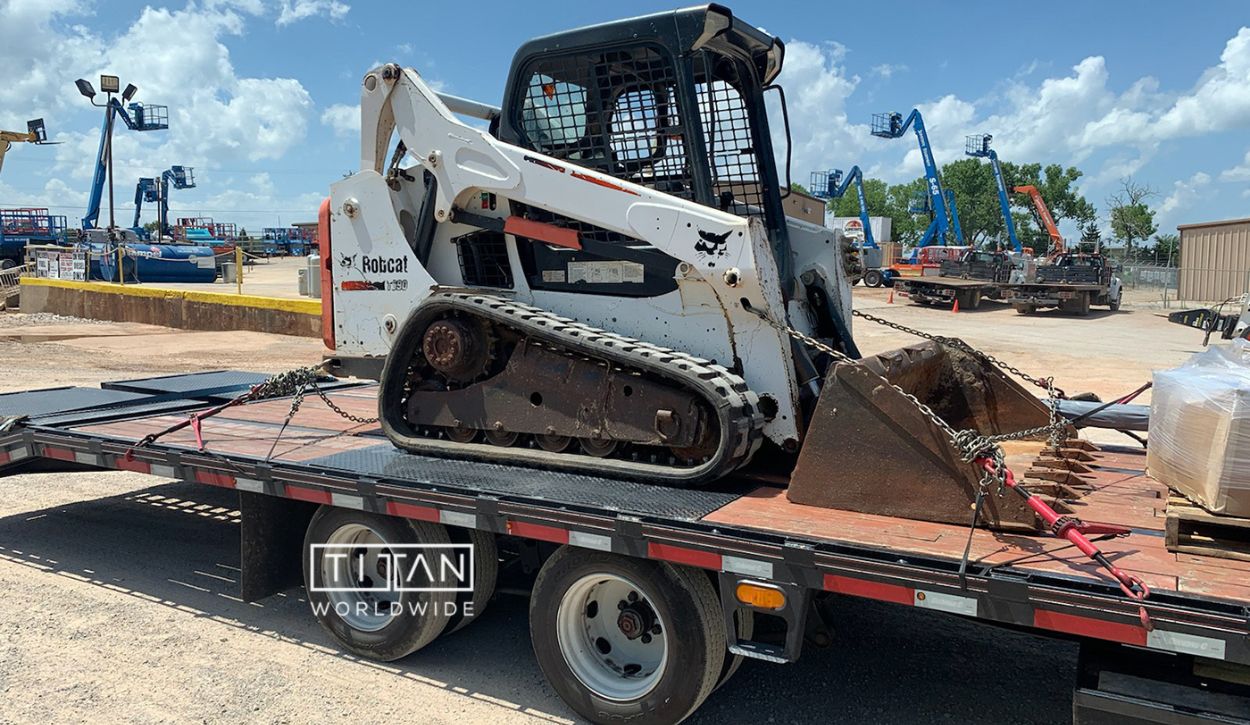
The smallest type of excavator on this list, a skid steer is a lightweight, multi-purpose piece of equipment used primarily in construction and residential projects. Operators use skid steers for clearing debris, hauling materials, digging, filling, and all sorts of other projects that require a heavy-duty but maneuverable excavator. Skid steers have a compact design and zero-turn functionality that makes them ideal for operating in tight spaces.
Skid steers generally weigh between 2,000 and 10,000 lbs, and they are easily transported using a flatbed or step-deck trailer.
Mini Excavator
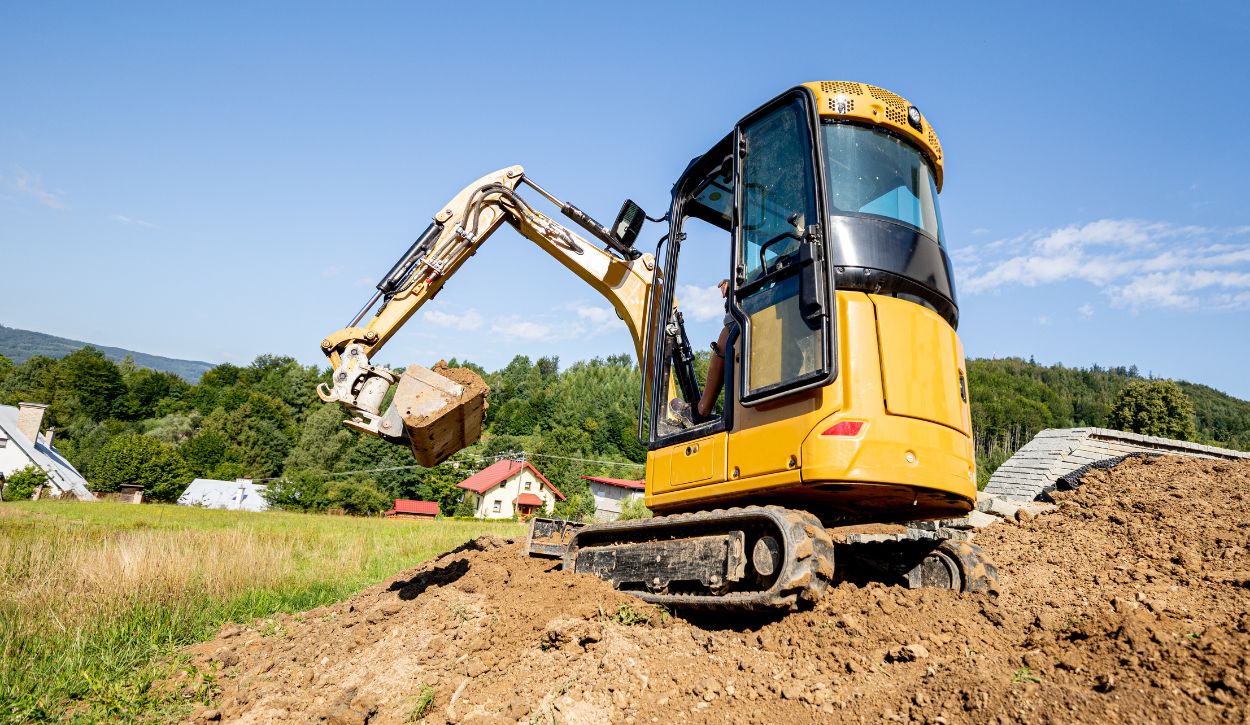
Mini excavators – also called compact excavators – are versatile pieces of equipment that fit into just about any type of job site. Compact excavators feature almost zero tail swing, ideal for maneuvering in tight spaces. Mini excavators are often used for residential projects such as landscaping, stump removal, and small demolitions. They are also used for bigger construction projects, working alongside larger equipment and assisting with tasks like digging trenches and carrying materials.
Compact excavators typically weigh between 2,000 and 20,000 lbs. They fit comfortably on a flatbed or step-deck trailer for transport to the job site.
Backhoe Loader
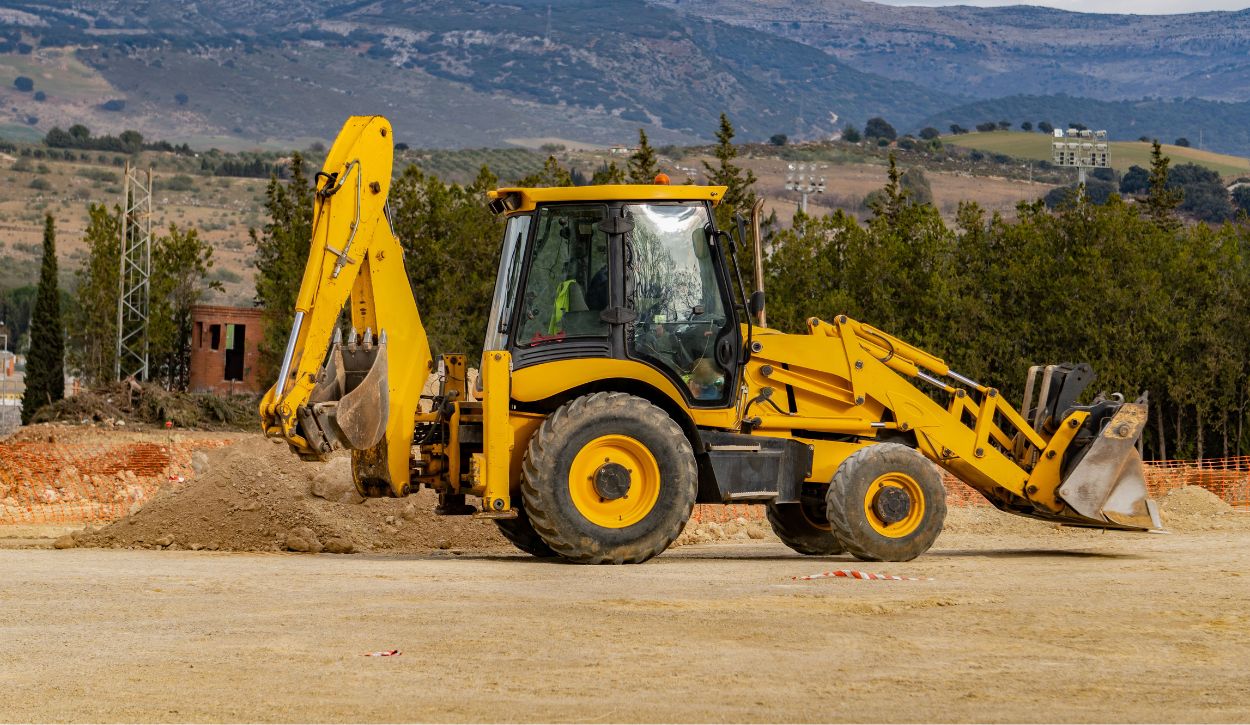
A backhoe loader, also called a backhoe or digger, is another type of small excavator appreciated for its versatility. Featuring both a backhoe and a front loader, this multi-purpose machine is used for small-scale applications such as material handling and light demolition projects. The backhoe can be modified with excavator attachments such as augers, and is commonly found in agricultural, urban, and construction settings.
Backhoe loaders are available in a wide range of sizes with smaller models weighing under 10,000 lbs and larger backhoes weighing up to 30,000 lbs. Backhoes are transported on flatbed trailers, removable gooseneck (RGN) trailers, or step deck trailers depending on their weight and dimensions.
Crawler Excavator
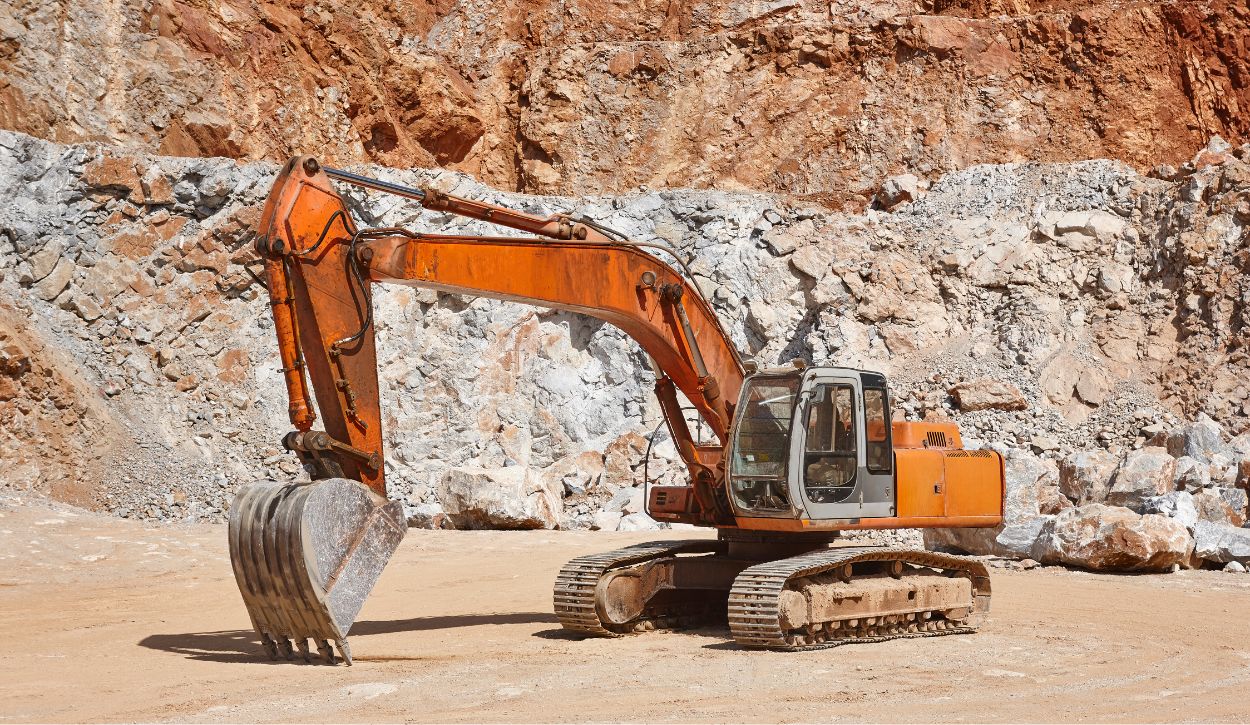
A crawler, or standard excavator, tackles heavy-duty projects in countless industries – including construction, mining, forestry, and agriculture. The crawler excavator is the most common type of excavator, used for tasks like earthmoving, dredging, and scooping. Crawlers are also able to be modified to perform a wide variety of functions.
The distinguishing feature of crawler excavators is that they take advantage of tracking instead of wheels. This heavy, slow-moving undercarriage allows crawlers to successfully navigate difficult terrain with better traction and overall stability than wheeled excavators. Crawlers are primarily intended for tough, off-road environments and move easily over rocks and dirt.
Standard excavators come in many sizes, with smaller models weighing a few tons and the largest crawler excavators reaching hundreds of thousands of pounds. Transporting standard excavators to and from job sites might require specialized equipment like RGNs, and they may be subject to additional permitting for oversize or superloads.
Wheeled Excavator
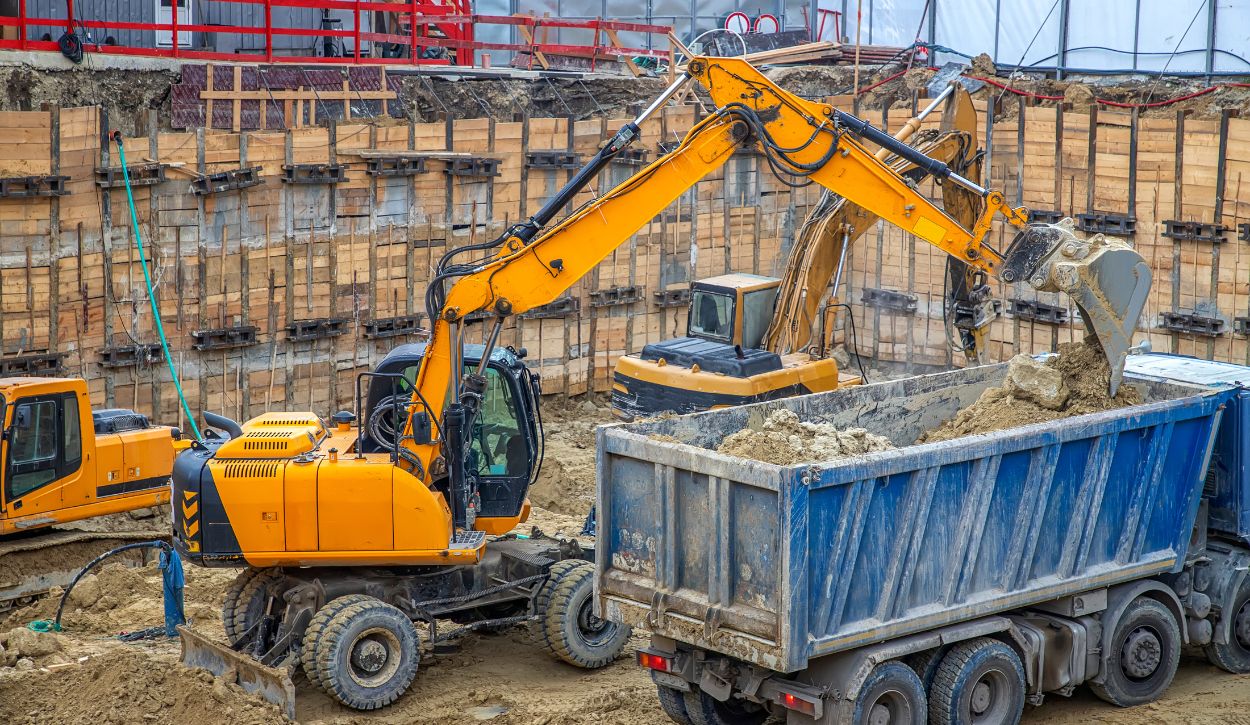
A wheeled excavator performs many of the same functions as crawlers but with the added maneuverability of wheels. Wheeled excavators generally weigh less than tracked excavators and aren’t as inherently stable on uneven terrain, but they’re far quicker on smooth ground and more fuel-efficient. This type of excavator performs well in urban projects such as road construction, and on expansive worksites that require traveling frequently between locations. Like crawlers, wheeled excavators can be modified with attachments that allow them to perform a wide variety of tasks.
Wheeled excavators are easily driven short distances between job sites, but they must be transported on specialized flatbed trailers for long-haul moves.
Vacuum Excavator
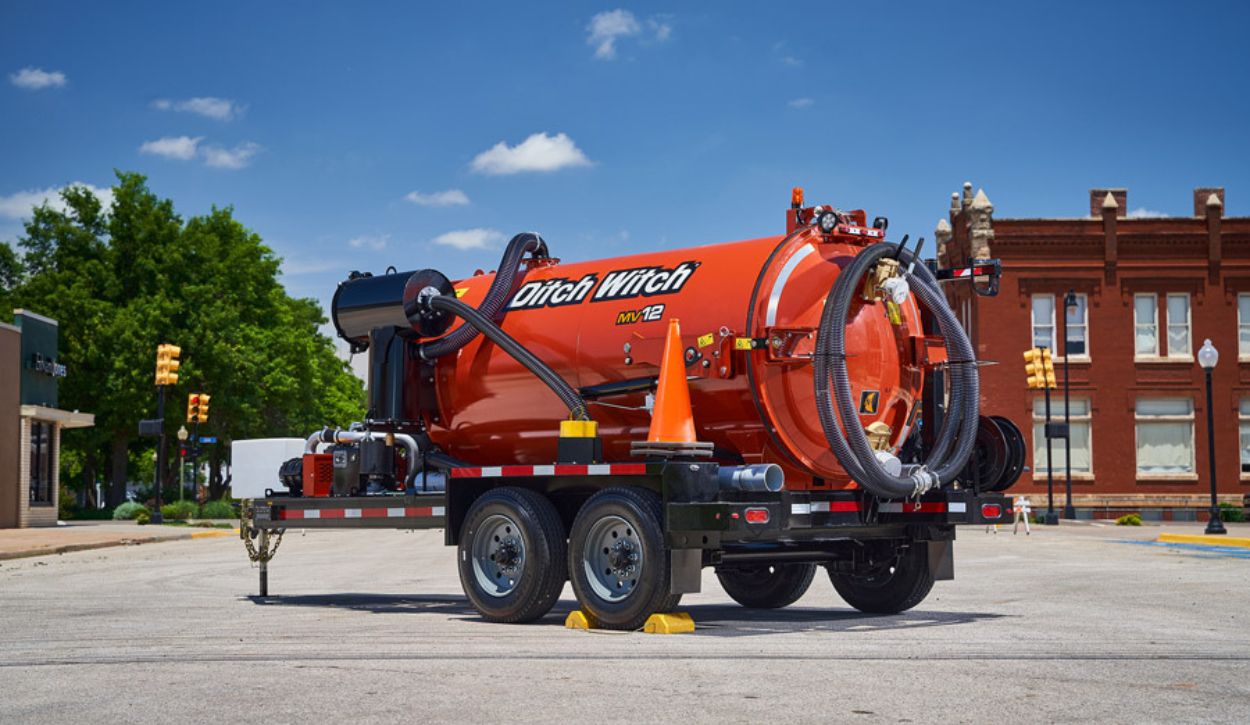
MV12 mud vacuum excavator from Ditch Witch. Image credit: ditchwitch.com
Vacuum excavators, also called suction excavators, are primarily used in construction and utility projects. These machines dig in a clean, precise way using compressed air or high-pressure water jets that dig deep into the ground while a suction pipe pulls out debris. Traditional excavation tools run the risk of causing significant disturbance to pipes and other infrastructure, while this “soft dig” method minimizes damage under the surface as well as disruption to the worksite.
Vacuum excavators can weigh anywhere between several thousands to over 40,000 pounds. A suction excavator is mounted on either a truck or a trailer for transport between and use on job sites.
Hydraulic Shovel
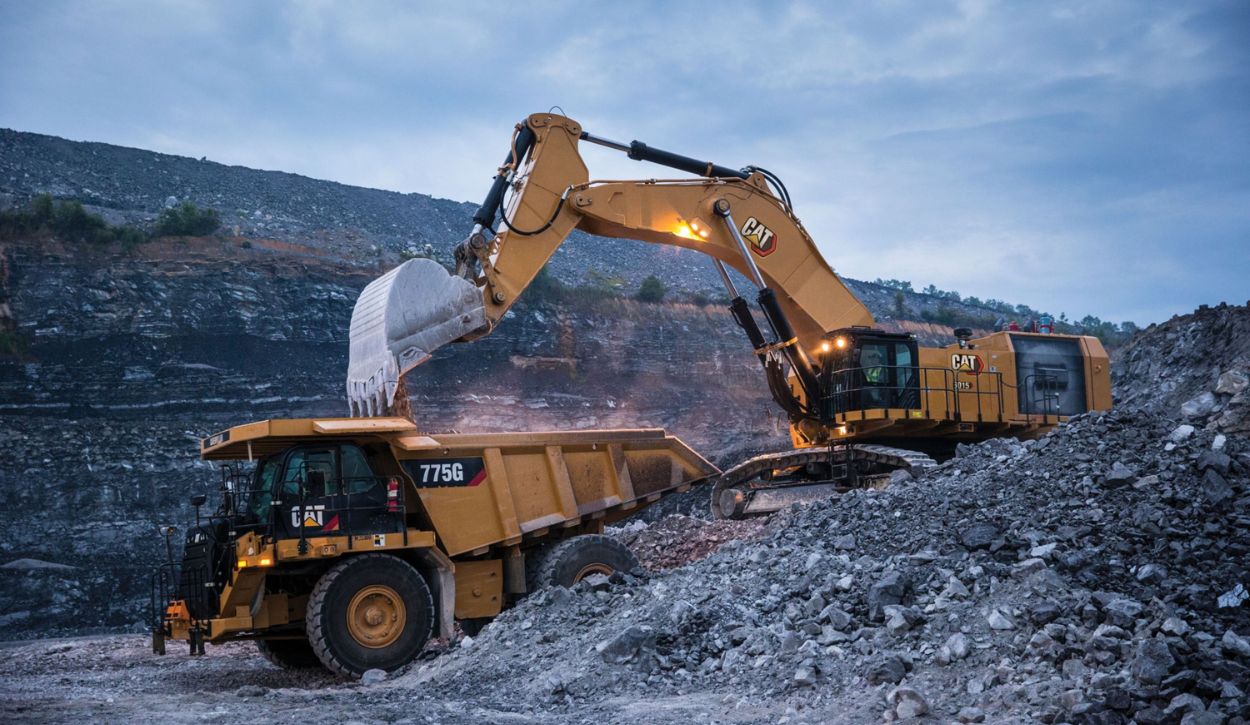
The Cat® 6015 Hydraulic Shovel. Image source: cat.com
A hydraulic shovel is one of the most powerful types of excavators. This large excavator is primarily used in the mining industry to haul heavy debris. Hydraulic shovels run on tracks, ideal for stability in off-road environments like quarries and feature a large bucket that can dig through the toughest materials.
Hydraulic shovels are massive excavators that easily reach hundreds of thousands of pounds. A hydraulic shovel would qualify as a “superload” shipment, requiring specialized equipment, permitting, and route planning for safe transport to a job site.
Dragline Excavator
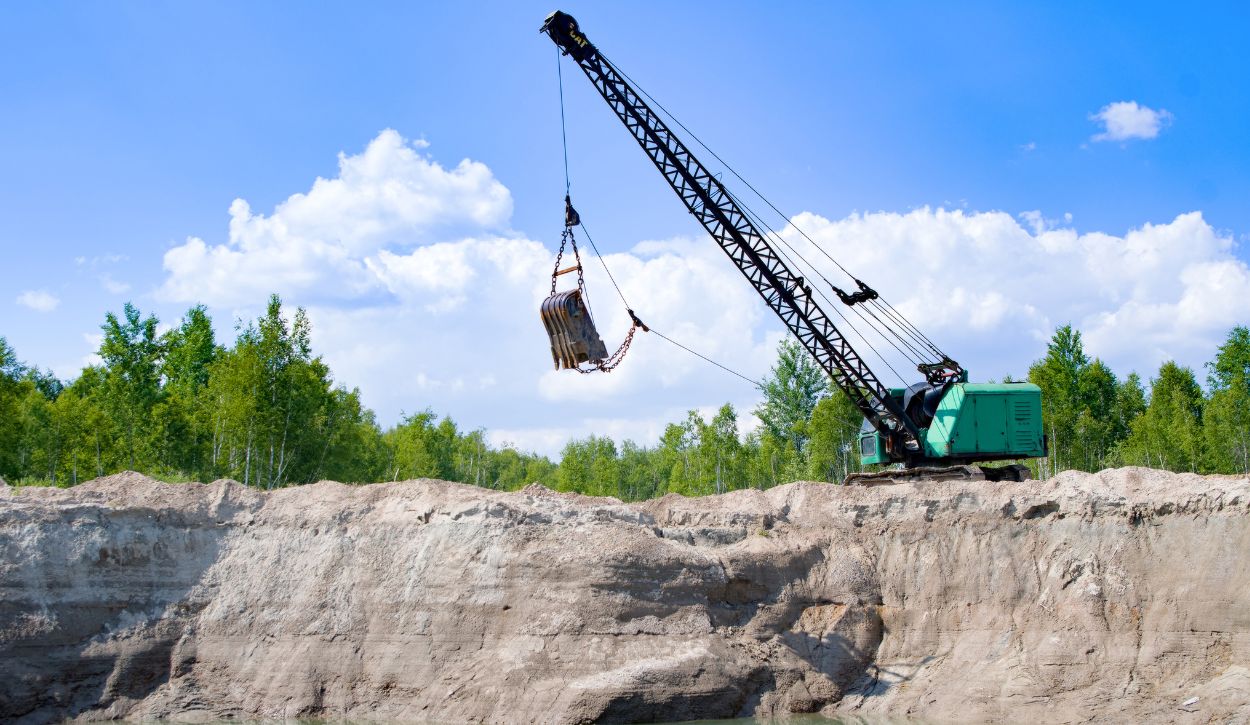
A dragline excavator is used at mining sites and other large-scale projects to transport materials across wide distances, such as open pits. Unlike other excavators which operate the bucket using an arm, the dragline excavator uses cables. A hoist rope moves the bucket up and down, while the dragline moves the bucket back toward the machine. This system gives the dragline excavator a significant digging depth but less power than other types of excavators.
A standard dragline excavator can be assembled and transported to a jobsite, but large draglines are built on-site for long-term use.
Long Reach Excavator
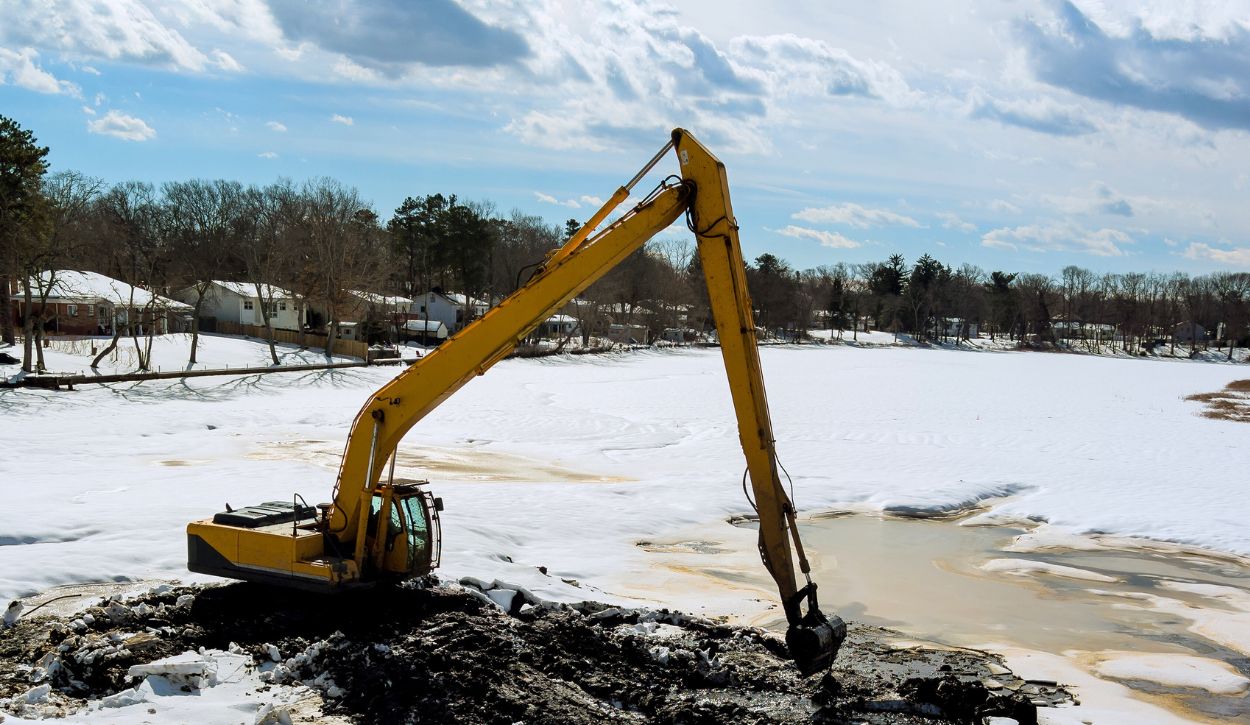
A long-reach excavator features an extended arm and boom for tasks that require a longer working range than a typical excavator provides. Applications for a long-reach excavator include demolition, dredging, and even environmental clean-up – among other types of projects. Long-reach excavators are appreciated for their precision and control when working in hard-to-reach places.
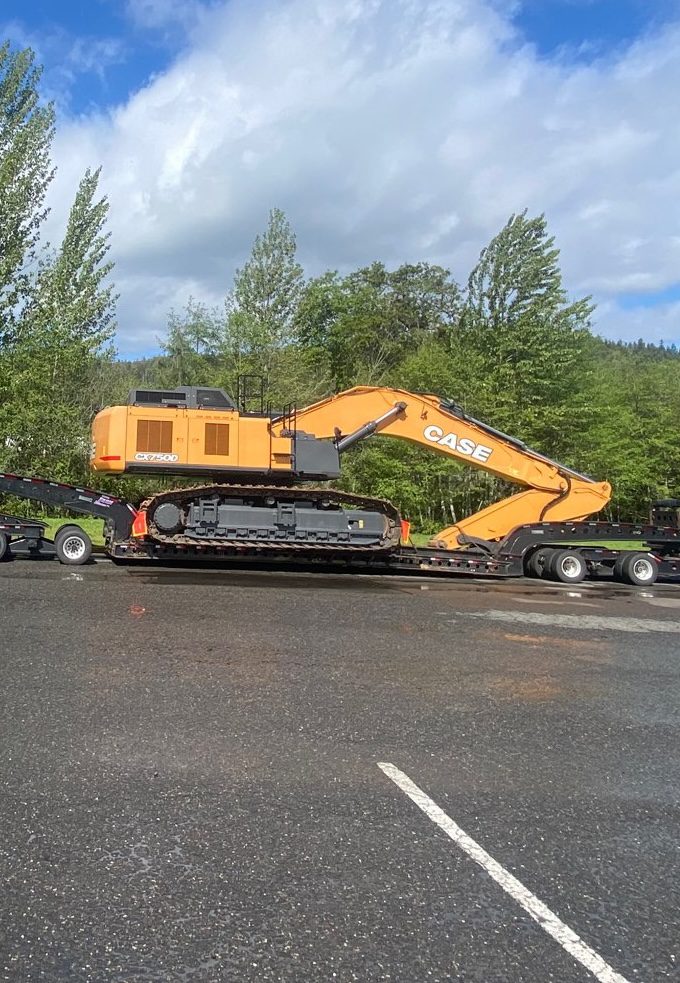
Need an excavator delivered to your job site?
From skid steers to large crawler excavators, Titan Worldwide has transported it all. Titan is a trusted name in heavy equipment transportation with extensive experience safely delivering mining and construction equipment like excavators.
If you have a project coming up, give our team a call – we’d love to discuss your transportation needs.

